S&P 500 and DOW closed at new record highs overnight on improving growth prospect in the US economy. In particular, the S%P 1500 airlines index jumped more than 4%, indicating some revival in optimism in the sector. Nine of the 11 major S&P sector indices closed higher, led by utilities and real estate.
S&P 500’s rise from 3233.94 is still in progress. As part of the up trend from 2191.86, it’s still on track to 61.8% projection of 2191.86 to 3588.11 from 3233.94 at 4096.82. Though, prior retreat through 55 day EMA, while brief, was a warning of loss of upside momentum. Daily MACD is also limited below down trend line. SPX will need to quickly climb further to press upper trend line to solidify momentum. Otherwise, there is risk of topping around 4096.82.




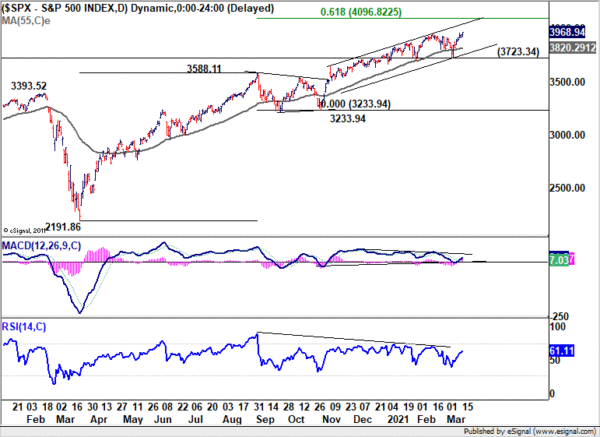
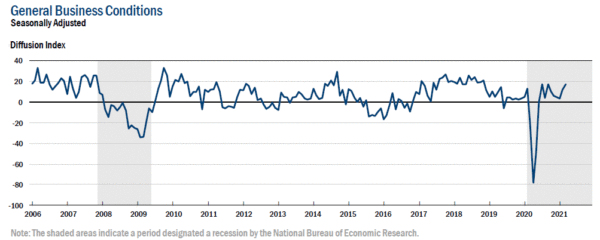
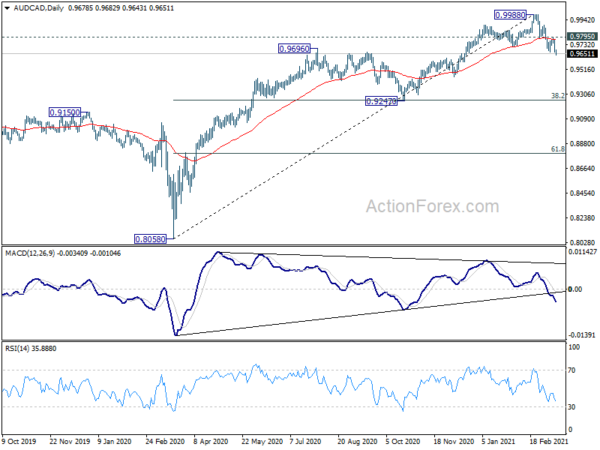
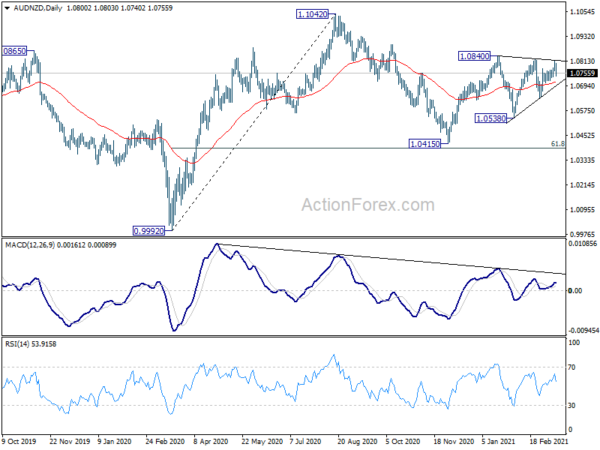
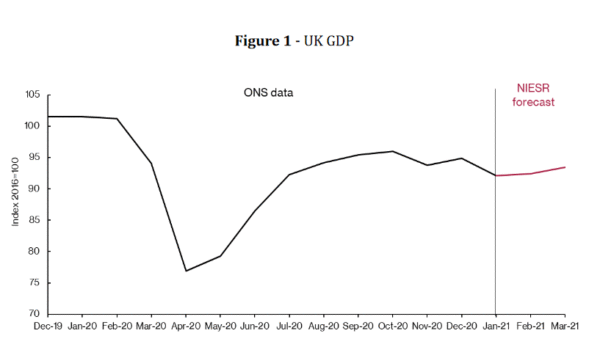
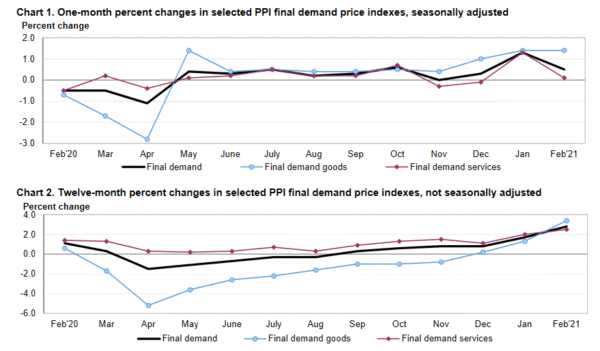
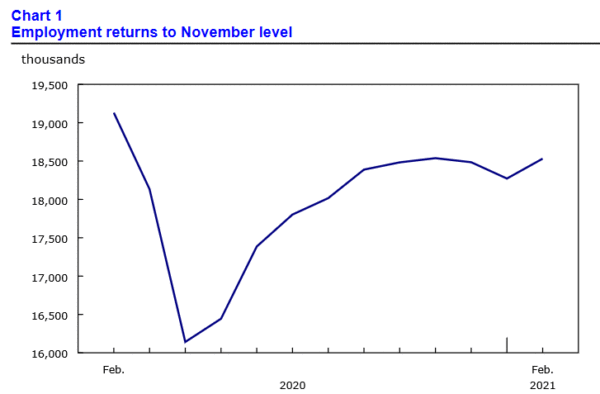
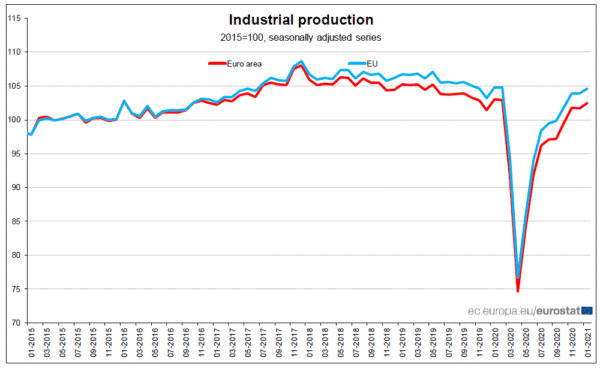
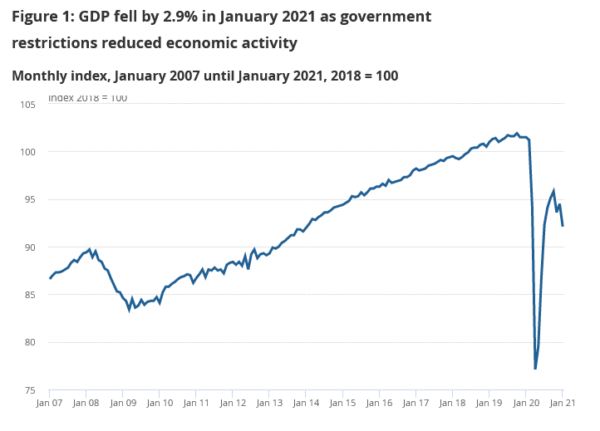
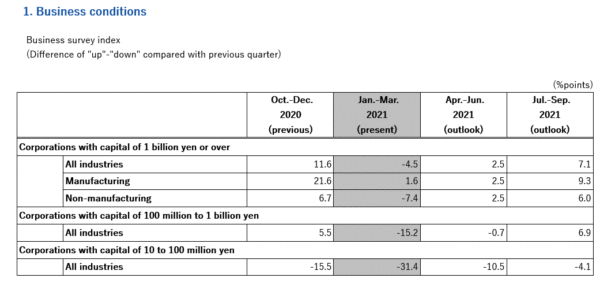
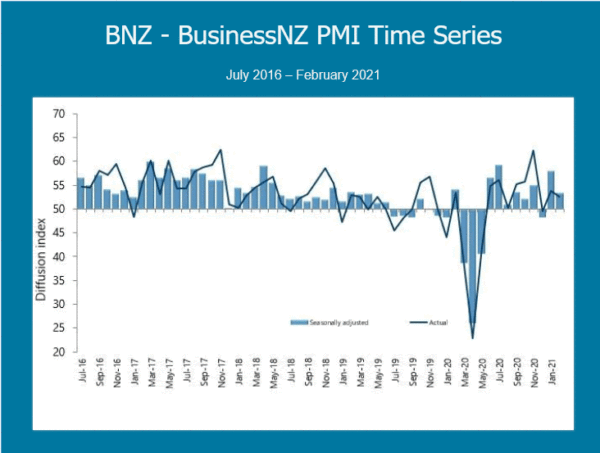
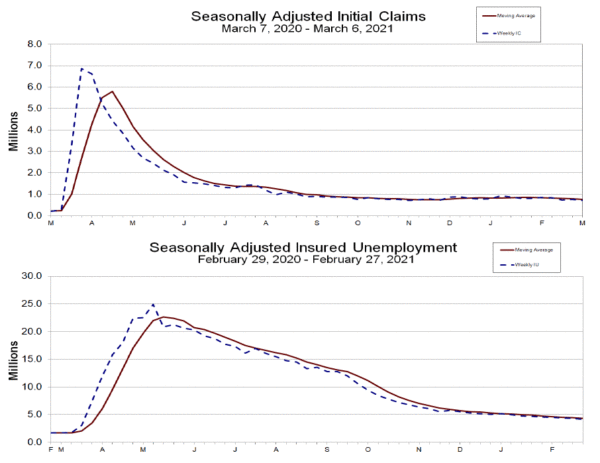


Gold struggles to break through 1740 resistance, risk stays on downside
Focus remains on 1740.32 minor resistance in Gold, to determine whether a short term bottom was formed at 1676.65. The conditions for a stronger rebound are there, with some support seen from medium term falling channel support. Also, bullish convergence condition condition is displayed in 4 hour MACD.
Decisive break of 1740.32 will also be the first sign that the fall from 2075.18 has completed as a three wave correction. Attention will then be turned back to 55 day EMA (now at 1792.68).
However, rejection by 1740.32, followed by break of 1676.65, could extend the correction to 50% retracement of 1160.17 to 2075.18 at 1617.67 or even 61.8% retracement at 1509.70, before forming a bottom.